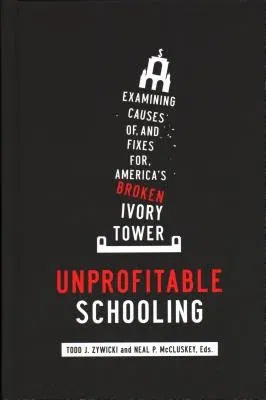Most economies advance by simultaneously decreasing costs and increasing
quality. Unfortunately, when it comes to higher education, this has been
turned on its head. Costs keep rising while quality declines. How has
this happened? What can be done?This exceptional volume looks at the
issues facing higher education from the perspective of both economics
and history. Each chapter explores how the lessons learned from market
competition in other sectors of the economy can be applied to higher
education in order to bring about innovation, improved quality, and
lower costs.The opening section offers a history of for-profit education
before the Morrill Act--the federal legislation that funded land-grant
universities; reviews the Act's impact; and concludes with an
exploration of federal student aid and how it prevents new funding
options from entering the market.Section two examines higher education
as it stands today--what is driving up college prices; tenure;
administrative bloat; and university governance. And, the concluding
third section shows how robust competition in higher education can be
energized, and takes a deep look at for-profit vs. non-profit
institutions.Unprofitable Schooling provides a sober and informative
assessment of the state of higher education, critically covering
historical assumptions, increasing government involvement, reflexive
aversion to profit, and other, maybe unexpected, conclusions.

